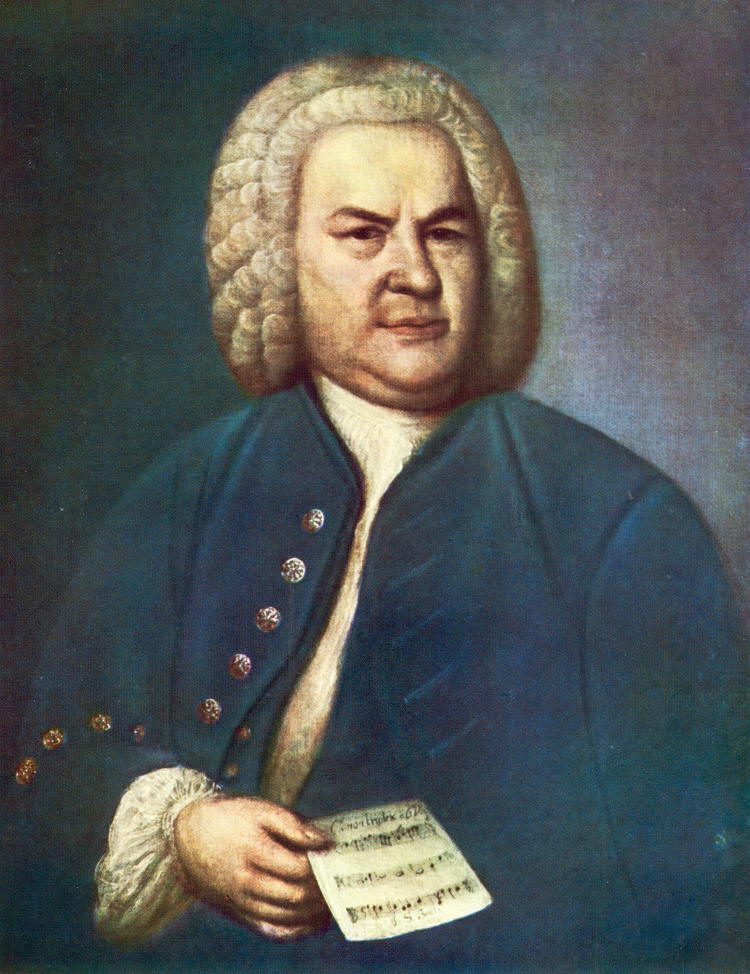I have a good friend who’s a magnificent pianist, maybe sixty years old.
Some years ago, my friend remarked:
“You know, when we were young, there were a lot of major pianists. Everyone knew who they were: Horowitz, Serkin, Arrau, Michelangeli, Richter, Gilels, Pollini, Kempff, Rubinstein [I cannot replicate his full list]. They were all different, of course. But in every case you could understand why they were major pianists.”
“Except for Pollini,” I said.
“Except for Pollini,” he agreed.
“Nowadays,” my friend continued, “anyone can be a ‘great pianist.’”
“It’s a complete crap-shoot,” I said.
“A complete crap-shoot,” he agreed.
Well, not completely. It helps a lot to be very, very young. Whereas in general older pianists are better pianists.
I found myself remembering this exchange a few weeks ago when I received an email from Sergei Schepkin inviting me to his New York recital on June 7. I remembered Schepkin from a Rachmaninoff festival I helped to curate in Pittsburgh in 2009. I knew he was a mature civilized pianist. These days, that’s saying a lot. I instantly wrote back accepting his invitation.
It turned out that Schepkin’s program was all-Bach: three partitas. The venue was the new Steinway Hall on Sixth Avenue. It houses a basement recital hall that’s elegant and intimate, excellent in every way.
My first exposure to the Bach partitas was a recording by William Kapell of the D major Partita. This would have been around 1960, when I was in high school. In retrospect, Kapell’s faceless, unpianistic Bach marks a nadir. But it wasn’t his fault. That was a time – in the US, at least — when the Bach keyboard standard was set by Wanda Landowska, playing her harpsichord. Pianists mainly shunned Bach, or approached him tentatively, on tiptoe.
Then came Glenn Gould and a new kind of piano Bach, galvanizing in its way, but still remote from exercising the full resources of the instrument.
Wilhelm Kempff’s DG recording of Bach’s G major French Suite was my Bach epiphany, ca. 1980. Kempff pedaled the G major cadence of the Loure right into the opening measures of the Gigue, producing the musical equivalent of a shower of stars (at 13:22). My notion of Bach on the keyboard was changed forever.
Next I came to Edwin Fischer’s titanic Bach and discovered that Kempff was part of a performance tradition simply unknown in America – call it Bach with pedal. Like Kempff, Fischer’s Bach was a sonic kaleidoscope. Unlike Kempff, Fischer was heroic. His version of the Chromatic Fantasy and Fugue is one of the most justly famous Bach recordings ever made by a pianist.
Richard Wagner, in his indispensable treatise “On Conducting” (1869), describes how his frustrations with “serenely” featureless Bach keyboard performances, innocent of “somber German Gothicism,” were relieved when his friend Franz Liszt assayed the Prelude and Fugue in C-sharp minor from Book I of the Well-Tempered Klavier. “Now, I knew what to expect from Liszt at the piano; but I had not expected anything like what I came to hear from Bach, though I had studied him well; I saw how study is eclipsed by genius.” If you’d like some idea what Liszt’s performance might have sounded like, listen to Fischer’s recording and pay particular attention to the climax of the fugue.
Another classic Bach piano performance that’s miraculously pedaled is Ferruccio Busoni’s pealing 1922 version of the C major Prelude and Fugue from Book I. Listen (with headphones) to the mystic pedal point he creates (at 3:42) in the final measures.
Today, at last, all performance options are open. Typewriter Bach is a thing of the past. Two pianists I especially admire in the Partitas are Vladimir Feltsman and Jeremy Denk. Both go their own way. And so does Sergei Schepkin. I would say his keyboard Bach is mutually influenced by the agogics of the harpsichord and the resources of the piano (dynamics and voicing more than pedal). And he is an acute, active listener who attends equally to the melodic and the contrapuntal. I have no idea if the ornaments he adds – sometimes liberally, sometimes not – are rehearsed or spontaneous. What matters is that they sound improvised on the spot.
And so Bach today affords a rare opportunity for performers of composed music. The choice of style, even the choice of instruments, is completely open-ended (or should be). Bach interpretation may never be standardized again. All we need is another Edwin Fischer.


Fischer’s Chromatic F+F is indeed titanic and I agree with your Kempff assessment !
I have noticed that younger pianists are literally stunned to hear these Bach performances …They seem unsettled by this approach …as though the rules have been turned upside down …. eating desert as a first course before a dinner entree kind of thing
Thank you Bill. As I remarked in my book “The Ivory Trade,” a steady diet of Chromatic Fantasy and Fugue performances at the Van Cliburn Competition disclosed no apparent awareness of the famous Edwin Fischer recording, which potentially unlocks the sonic imagination for playing Bach on the piano. A spate of email responses to my posting suggested, interestingly, that Landowska’s harpsichord Bach was unknown in Soviet Russia, which may have kept Bach on the piano alive during decades it withered in the West. Maria Yudina is an obvious example. My friend Mykola Suk recommended Samuel Feinberg.
So interesting about Landowska not being known in the Soviet Union.
She is another example of culture shock for many younger pianists.
Her torrents of sound and rhythmic certainty…so different from Goulds rhythmic certainty which does fit into the current interpretive structure.
Her beginning of the C minor Partita is titanic and a great example of what no player would dare do in the present era. After hearing her version….others sound watered down to me.